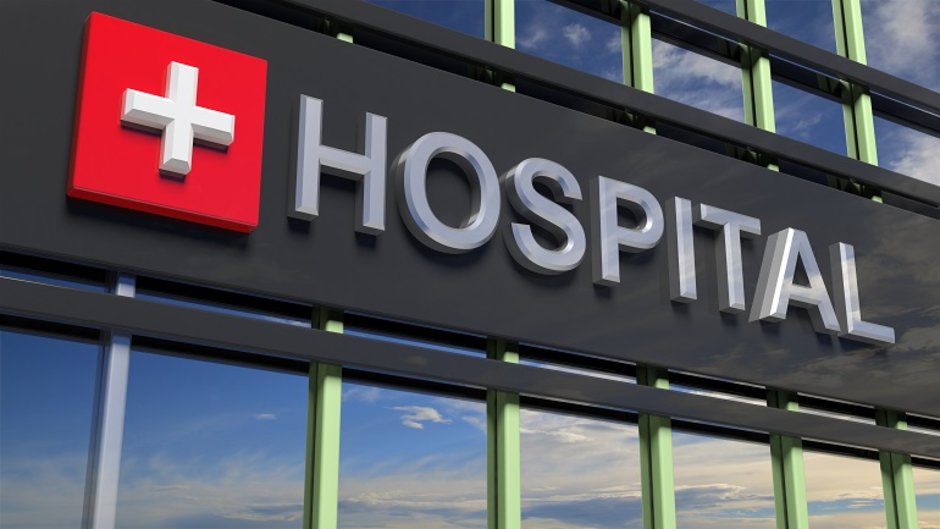Hospital Security: Why Should It Be Priority?
When we think about hospitals, the first thing which usually springs to mind is healing. We think of sick patients, stressed doctors, worried visitors, and unpleasant bodily fluids. Security is often one of the last things we consider, and this is understandable. Hospitals are high-stakes, and patient care must come first.
At the same time, a significant element of prioritizing patients is ensuring their safety and security at all times. There are many high-risk factors which come hand-in-hand with running a busy hospital, and being aware of them allows you to have provisions in place, such as a visiting system, thorough inventory, and easily identifiable contacts. Hospital ID Card Printers can provide identification solution to help manage staff members, while systems and checks help to manage elements such as drug control and equipment. Here are some of the high-risk areas which may be present in your hospital.

Drug Control
By their very nature, hospitals contain a vast variety of drugs, of all strengths, purposes, and types. These are highly controlled for obvious reasons, and it is essential that the correct security is in place to keep these substances safe. This check can be achieved by:
- Double locked doors with access codes. These codes should only be available to staff who will directly need access to the facility, such as medical professionals with the necessary clearance and authority. These codes should also be changed regularly.
- Sign in/out system. At any time, a member of the team should know exactly what the unit includes. Every medication or substance removed must be documented with details such as what has been taken, how much, by whom, and under which authority. This system allows you to keep track of the stock, and immediately identify any discrepancies or disappearances.
- Correct training. All staff who need to access drugs must be adequately trained and qualified.
Unauthorized Entry
Hospitals are often confusing places, with a range of departments, hallways, and entry and exit points. These layouts can make it easier for an unauthorized person to gain access to restricted areas. Possible solutions include:

- ID cards for all staff members. This small change helps to make it easier to identify an intruder, and separate staff from visitors quickly. It can also be helpful for patients, as they can quickly locate a medical professional if required. Patients who are suffering from neurological conditions such as dementia may also be prone to wandering; a form of ID helps to make them stand out amongst general visitors.
- One main entry point. A reception allows oversight of everyone entering or exiting the premises, and means it is easier to redirect wayward wanderers to their correct destination.
- Restricted access. Chips, sensors, or codes are essential to prevent unauthorized persons from entering areas such as labs or clinical spaces. This is important for both security and infection control, and it is vital to have some form of restriction in place for areas which can only be entered by those with the recognized clearance.

